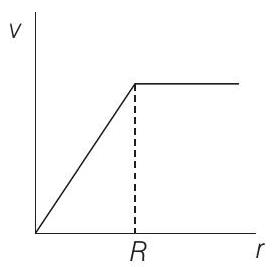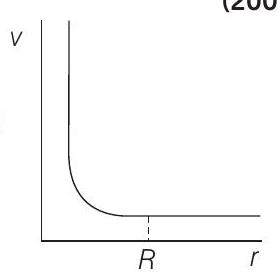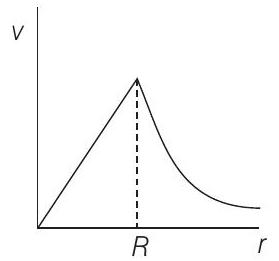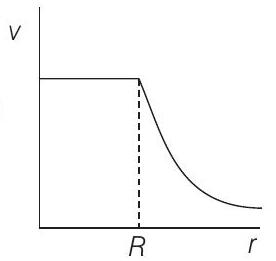Gravitation 2 Question 4
7. A spherically symmetric gravitational system of particles has a mass density
(a)

(b)

(c)

(d)

Show Answer
Answer:
Correct Answer: 7. (c)
Solution:
- For
Here,
Substituting in Eq. (i), we get
i.e.
For
The corresponding






